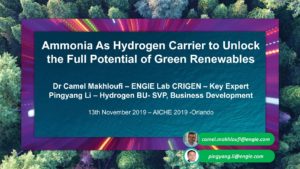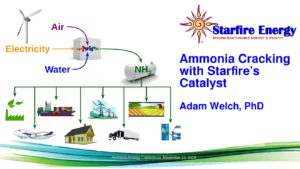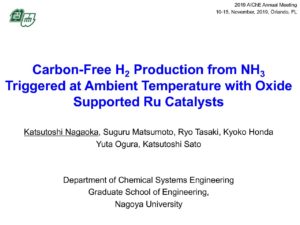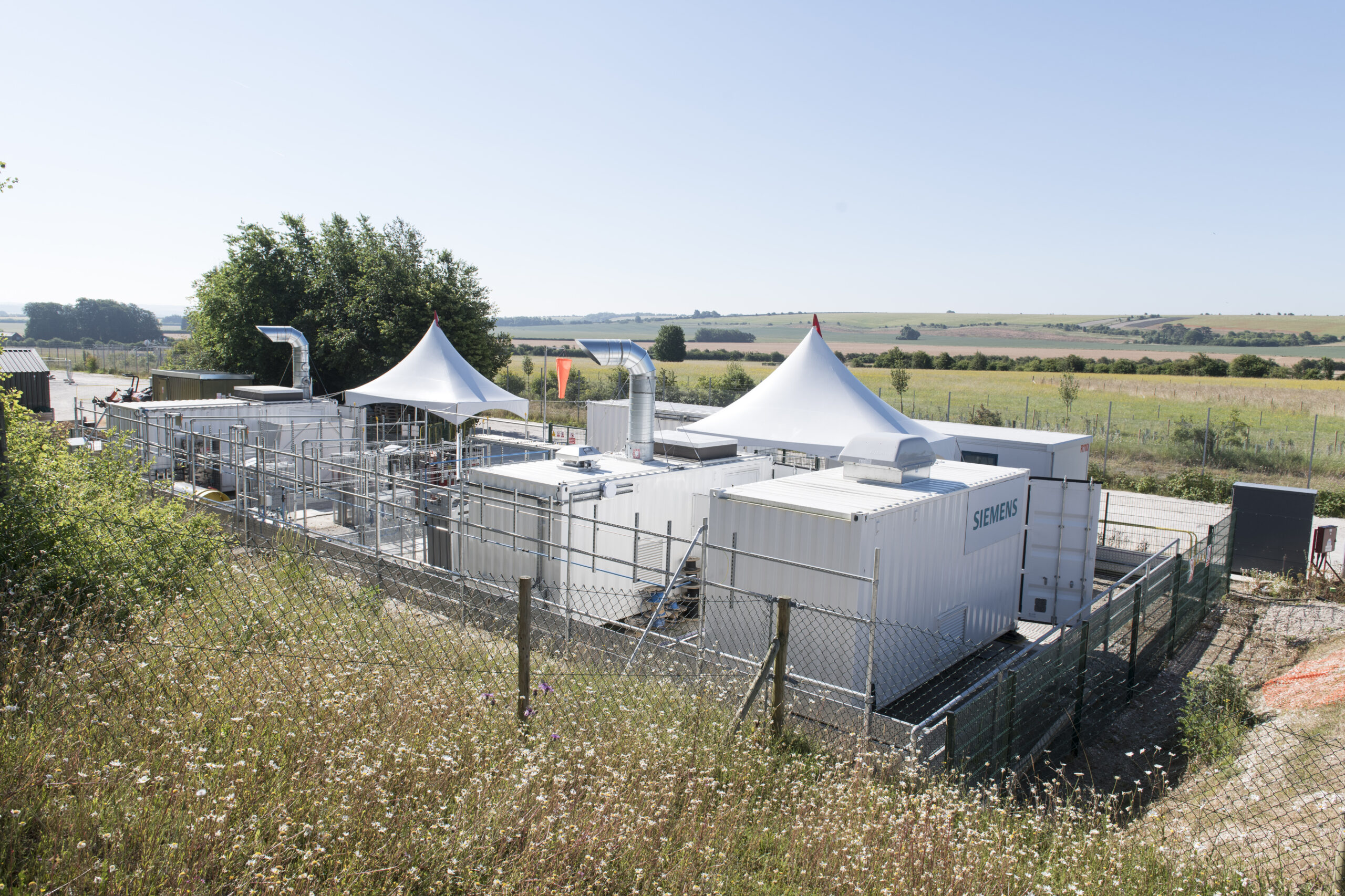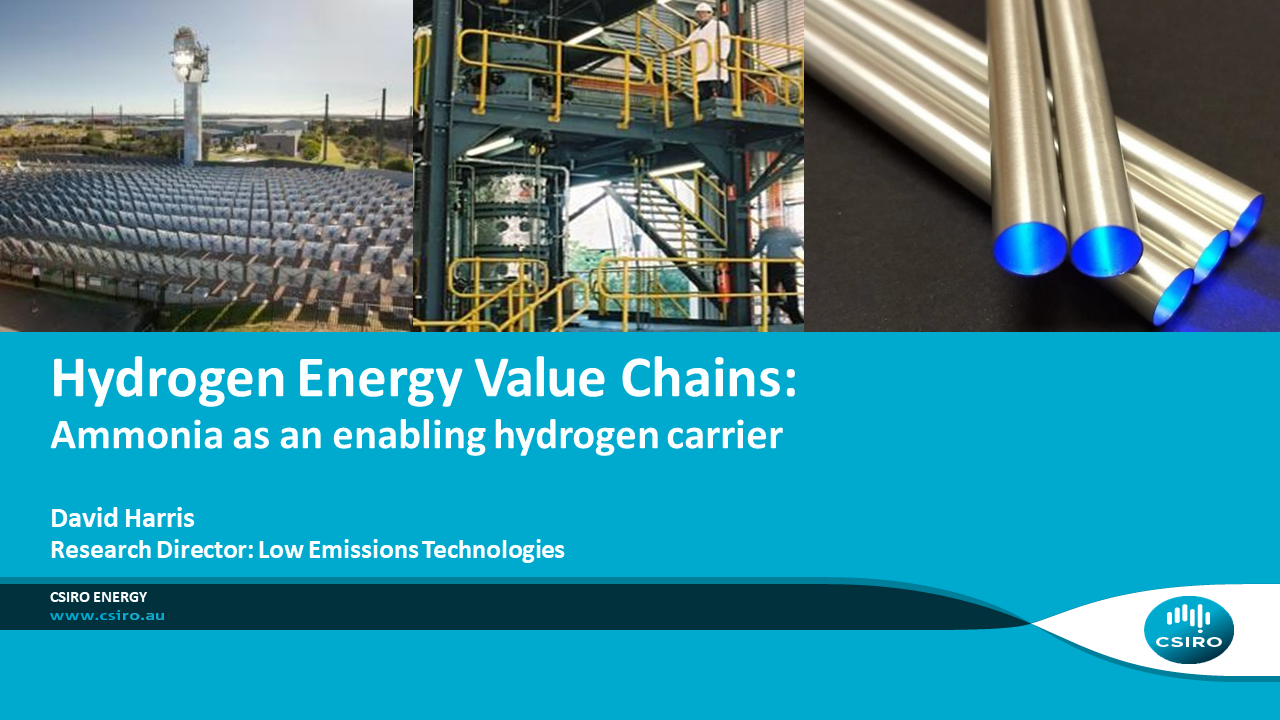Cracking Ammonia
Ammonia Decomposition and Separation Using Catalytic Membrane Reactors
High Flow Ammonia Cracking between 400-600°C
Material Discovery and Investigation of Novel Y Containing Ru Catalysts for Low Temperature Ammonia Decomposition
Carbon-Free H2 Production from NH3 Triggered at Ambient Temperature with Oxide Supported Ru Catalysts
Engie, Siemens, STFC, and Ecuity awarded funding for green ammonia-to-hydrogen in UK
Last week, the UK Department for Business, Energy and Industrial Strategy (BEIS) announced a "£390 million government investment to reduce emissions from industry," with a focus on low-carbon hydrogen supply and clean steel production. As part of this investment, a consortium led by Ecuity Consulting that includes Siemens, Engie, and the Science & Technology Facilities Council (STFC), has been awarded £249,000 to perform "valuable research on the role of ammonia in the delivery of low cost bulk hydrogen for use in the UK energy system."
GenCell A5 update: hydrogen power from ammonia fuel cells ("The Next Big Thing in Energy Production")
GenCell Energy, an Israeli technology company, recently announced a research collaboration with Fraunhofer UMSICHT, a German research institute, that will deliver a "scale-up of the catalyst synthesis process" for cracking ammonia. This will enable GenCell "to produce large quantities of a novel inexpensive catalyst for generation of hydrogen from ammonia."
